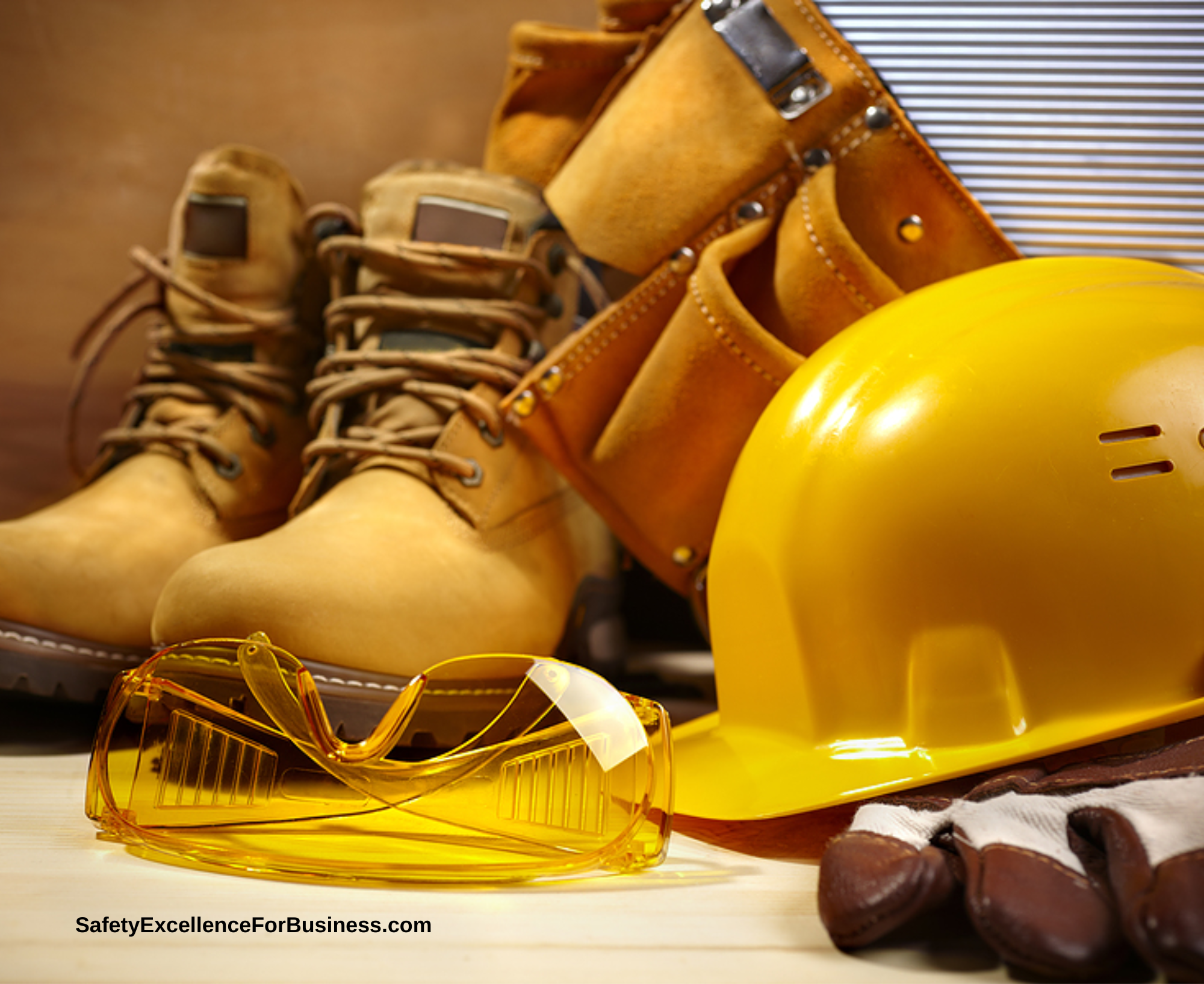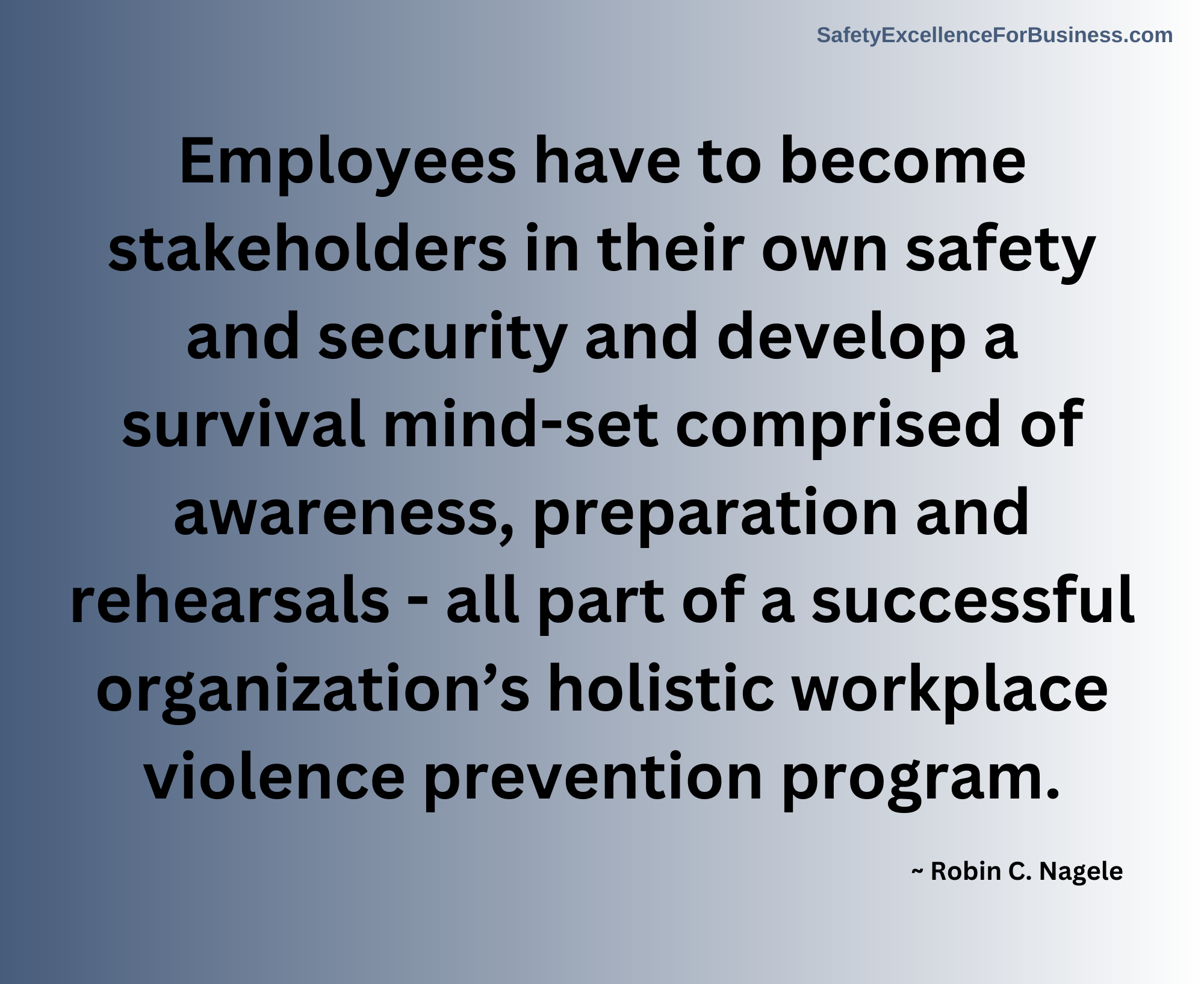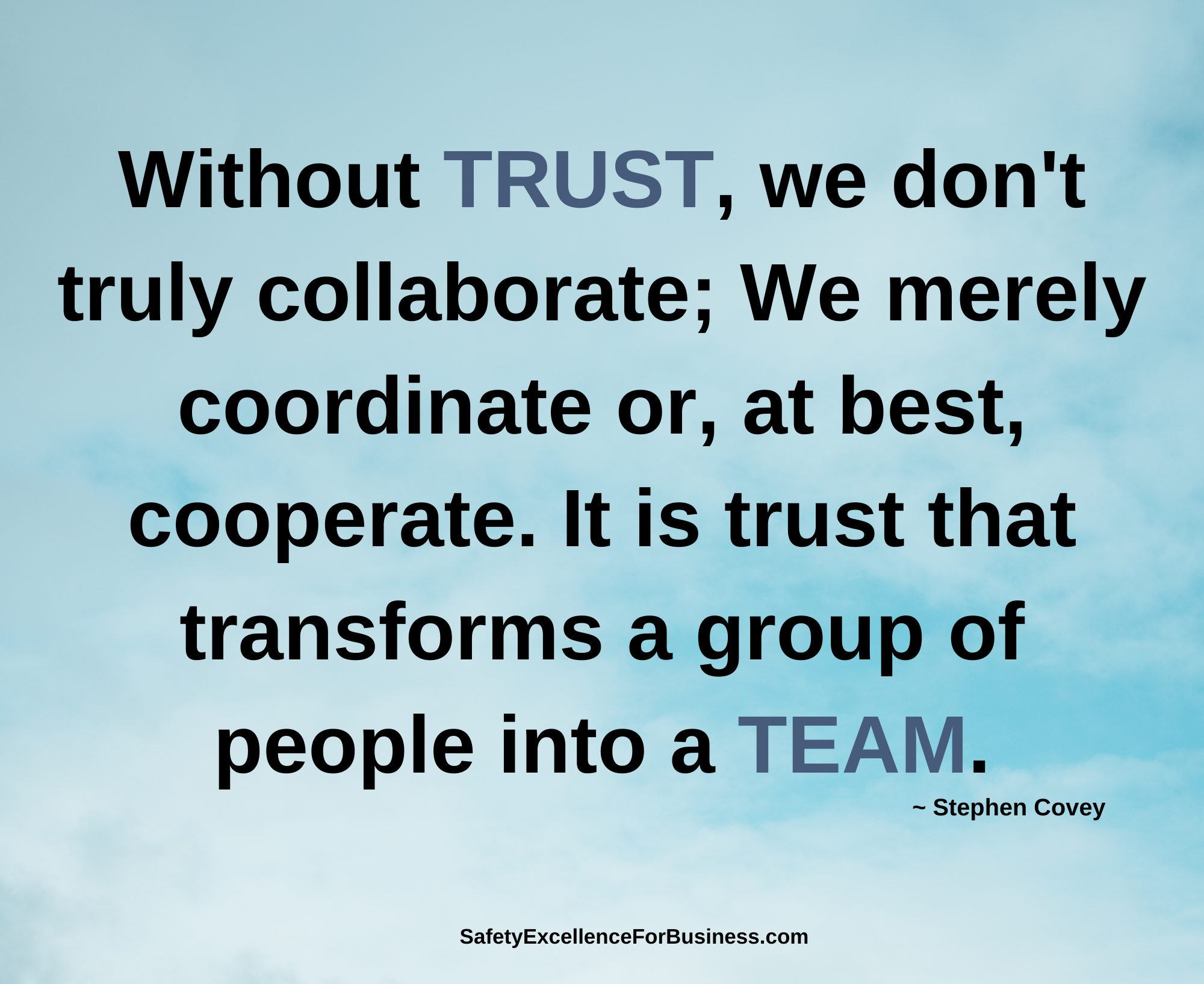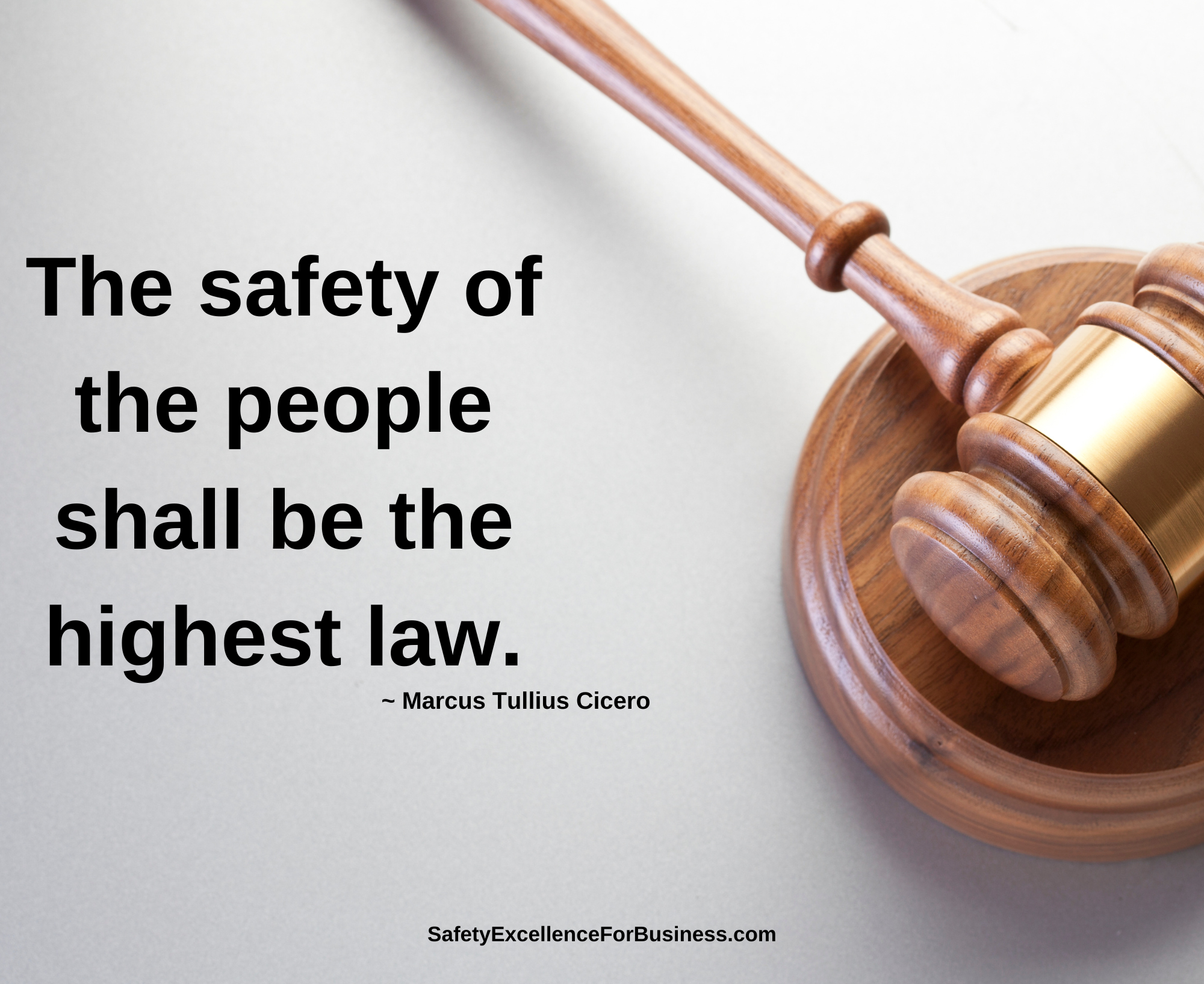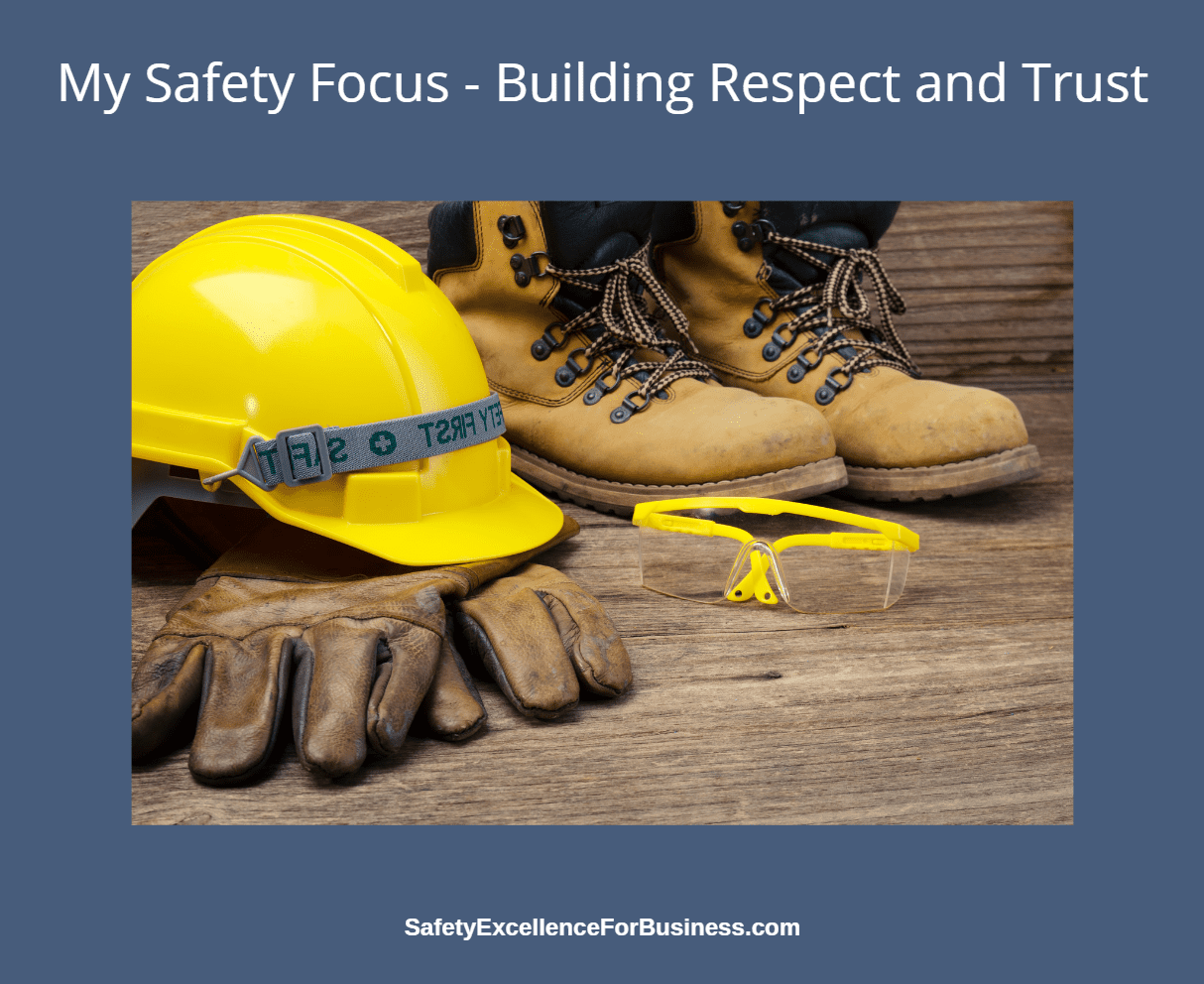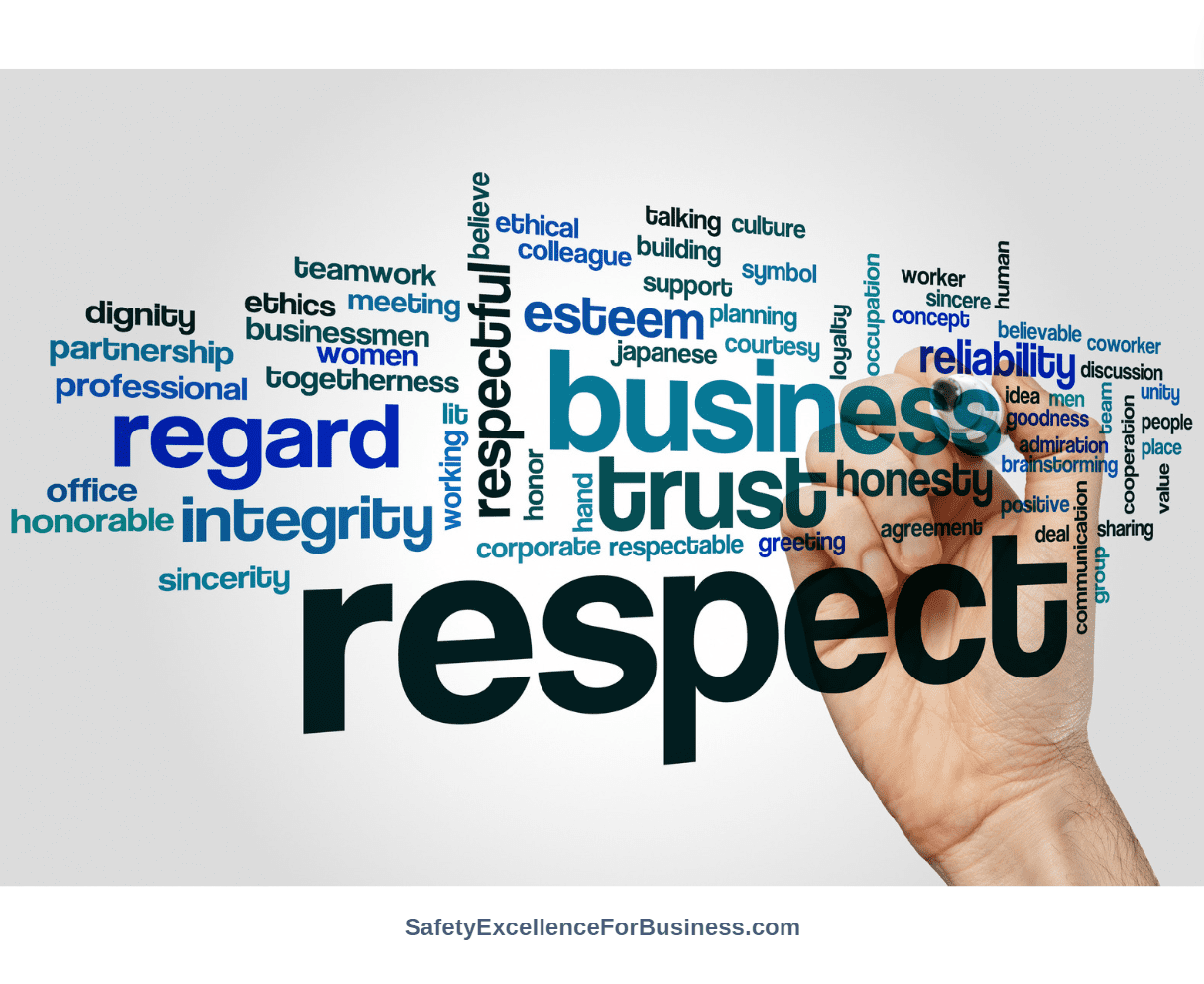What future lies ahead for safety?
The Winter 2022 HR Magazine has some interesting insights about looking into the future of work. While their focus is on Human Resources, we know that HR and Safety go hand-in-hand. The same future scenarios are coming for Safety Professionals and Leaders.
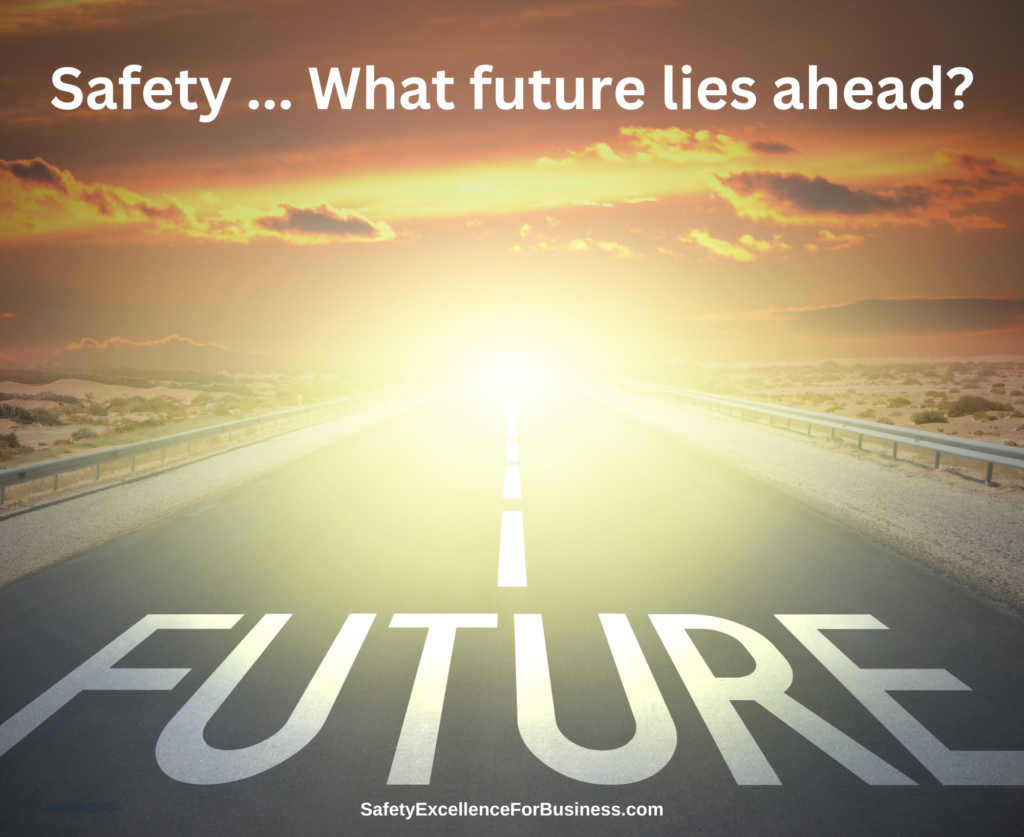
The Covid pandemic and aftermath became an ugly reminder of how difficult it is to predict and prepare for the future. Yet that doesn’t mean that safety leaders shouldn’t think ahead – especially when there are no absolutes. Older, experienced workers are retiring, and the digital revolution continues. It is not too early to start thinking and preparing for new generations to be taking over or that effective digital training will become a necessity. It is never too soon to think about preparing employees to expect the unexpected…to prepare for what may not yet be known.
One quote that struck me (in this article regarding future training) was, “You’ve got to convince people why they need to do the work, and it’s not just ‘because you’re paying me to do it.’”
For decades, now we’ve been teaching our workers the “why” to work safely, so that they can go home at the end of their shift whole – with life and limb intact – eyes, ears, fingers, toes. The “why” becomes evident with every piece of protective equipment that is required…the last line of defense.
Convincing people that being able to go home to their families in the same condition as they entered the workplace is the goal, without being maimed, having long-term disability, or worse, a fatality in the workplace. That is the “why” that underscores workplace safety.
The next “why” is what we all should know as human beings…we grow, we develop, we learn, we solve problems…individually and together. There is much value to learn by experience, and to learn by training mechanisms that are most effective to the task, the job, the larger picture. Learning while doing work fulfills a natural need for personal and professional growth.
The final “why” is because our economy runs by money…we live the way we choose because we have money to spend on our own pursuit of happiness…when we work, we get paid; when we are paid we provide for ourselves and loved ones; we contribute to the economy in the system in which we exist.
Because of the changing futures (as noted above), Teamwork will become the new game plan. Healthy culture and trust will have to draw more focus. The article notes that scrums, sprints, and squads will be widespread as employers draw workers from all over the company and even from outside the organization to work on projects together. You’ll see a breaking away from hierarchical ways of working and putting people into these newer constructs. Putting together effective project teams is the way of the future.
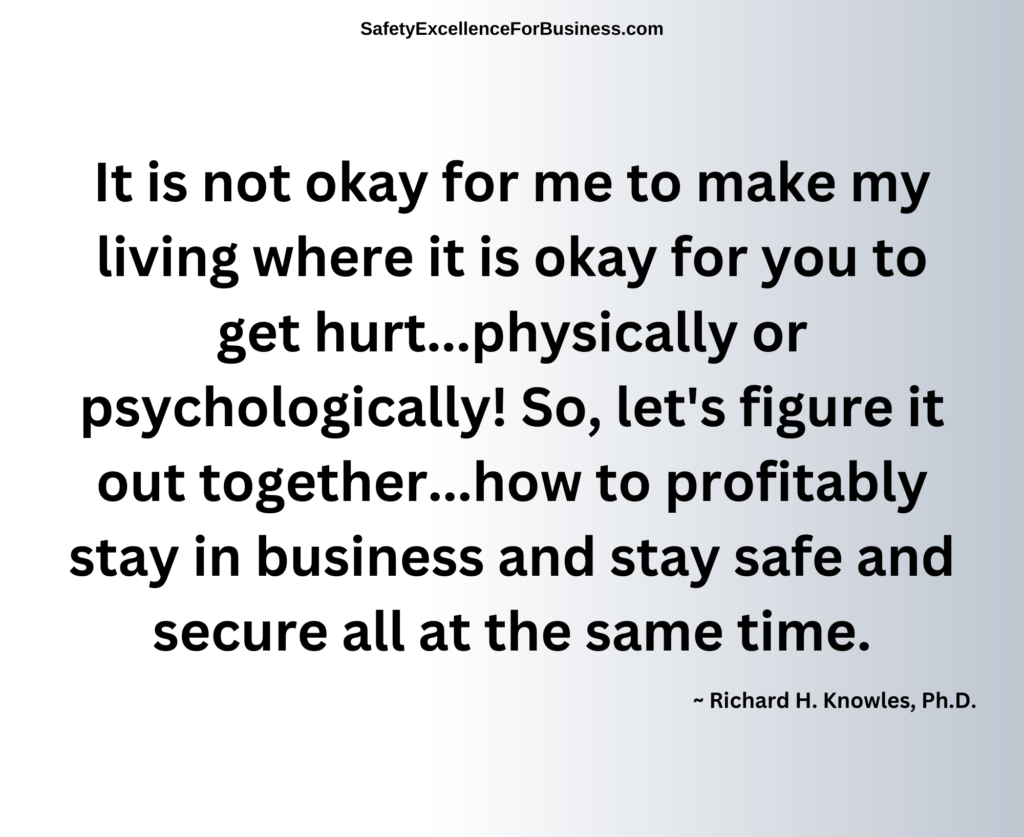
In safety, however, this is not new. The best safety improvement teams and trouble-shooting/problem solving endeavors have drawn from people across the workplace – where sharing ideas, prompting new innovations, and, ultimately, improving the safety of the workplace (system changes, process flows, etc.) spring forth from people who have knowledge of the concern, a relationship to what’s at stake, a voice and information to share, experience to convey, and an overall desire to make things better.
In safety, the “buddy” system is tried and true. Looking out for our workplace “brothers/sisters” – everyone – has been a mainstay to help ensure that people not only get the job done well, but that they get the job done safely. The individual “person” has a valued life – underscoring the “why our workplaces have to be safe, and work be meaningful.”
While signage in the workplace helps us with prompts to work safely, taking cues from those we work with, paying attention, having situational awareness for ourselves and others must be the norm. That’s not a bold prediction – that’s a bold requirement in my mind, for the present and the future of work.
